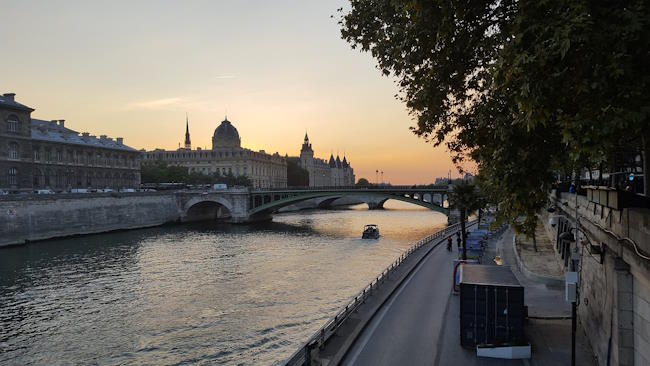Strolling through a cemetery may not be the first thing that comes to mind when planning your Paris itinerary—but maybe it should be. Before I moved to the City of Light, visiting cemeteries was never on my radar. That changed quickly once I discovered the serene beauty of places like Père Lachaise, Montparnasse Cemetery, and the enchanting Montmartre Cemetery.
If you’re seeking a peaceful, historic, and scenic spot to explore in Paris, these cemeteries are surprisingly perfect for a reflective walk. Each one is steeped in cultural history, adorned with artistic headstones, and is the final resting place of numerous renowned personalities.
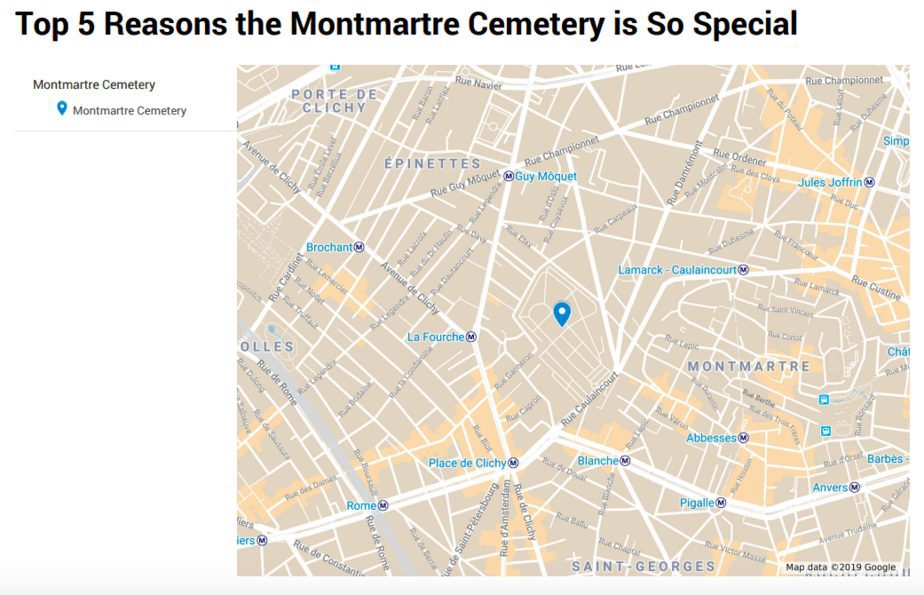
Today, let’s take a closer look at what makes Montmartre Cemetery so unique and why it deserves a spot on your Paris must-see list. Bookmark this guide for your next Montmartre adventure!
Practical Visitor Information
- Admission: Free
- Opening Hours:
- Monday–Friday: 8:00 AM – 6:00 PM
- Saturday: 8:30 AM – 6:00 PM
- Sunday: 9:00 AM – 6:00 PM
- Address: 20 Avenue Rachel, 75018 Paris
- Nearest Metro Stations: Place de Clichy / Blanche
1. It’s Paris’s Third Largest Cemetery
Paris is home to three major cemeteries, and Montmartre Cemetery ranks as the third largest after Père Lachaise and Montparnasse Cemetery.
While Père Lachaise might be the most recognized—hosting over one million graves, including those of Jim Morrison and Edith Piaf—Montparnasse Cemetery also garners attention for its winding paths and notable graves like Simone de Beauvoir and Charles Baudelaire.
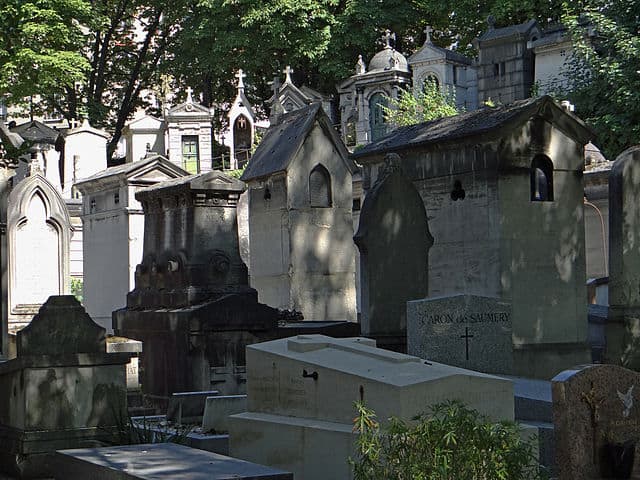
In comparison, Montmartre Cemetery offers a quieter yet equally charming experience. With around 20,000 burial plots, this cemetery is tucked under a bridge and lined with cobblestones and blooming plants. The ambiance feels more like a romantic garden than a traditional cemetery.
2. It Helped Solve Paris’s Burial Crisis
Like much of 19th-century Paris, overcrowding was a major issue—not just in homes, but also in cemeteries. With unsanitary conditions rampant, the city had to act fast.
In response to the overflowing parish graveyards, authorities established four main cemeteries beyond the city walls: Père Lachaise (east), Montparnasse (south), Passy (west), and Montmartre (north).
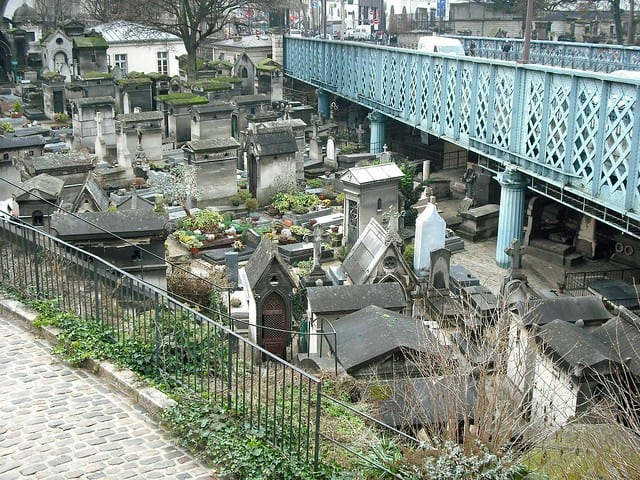
Montmartre Cemetery officially opened on January 1, 1825, and was initially named Cimetière des Grandes Carrières—or Cemetery of the Large Quarries. It was developed on a disused gypsum quarry, making it an ideal location for the city’s growing burial needs.
3. It Doubles as One of Paris’s Largest Green Spaces
One of the most surprising facts about Montmartre Cemetery is that it’s also among the largest gardens in Paris, covering nearly 11 hectares of green, tranquil space.
With more than 780 trees, including chestnut, lime, and maple varieties, the cemetery offers a surprisingly lush environment. The landscaping is meticulous, and springtime brings vibrant blooms that give the grounds an almost park-like quality.
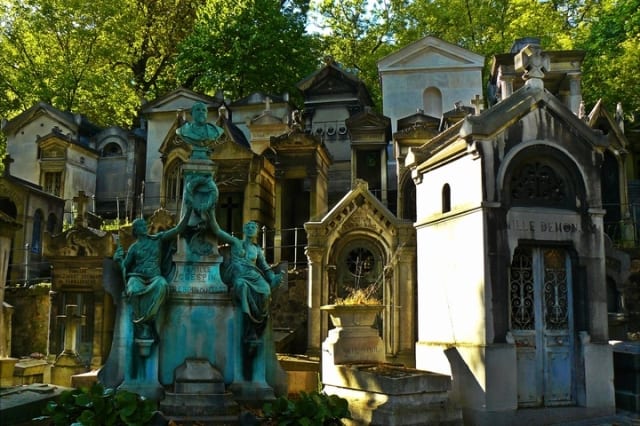
But what truly sets this place apart are its artistic gravestones and sculptures. Visitors will find a blend of architectural styles—Art Nouveau, Gothic, Egyptian, and Renaissance—creating a museum-like experience under the open sky.
4. It Holds Dark Secrets from the French Revolution
History buffs will find the Montmartre Cemetery especially fascinating thanks to its ties to the French Revolution and the Reign of Terror (1793–1794). During this turbulent time, thousands were executed by guillotine—including aristocrats and royals.
Many of these victims were buried in mass graves located in former quarries outside the city, one of which would later become the Montmartre Cemetery.
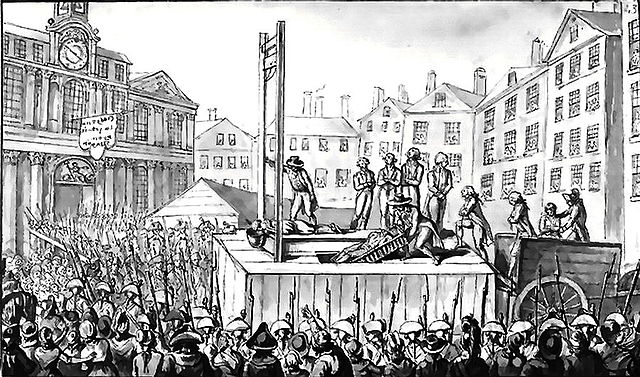
In a macabre twist of fate, Charles Henri Sanson, the Royal Executioner who beheaded King Louis XVI, is also buried here. His son, Henri Sanson, took over the grim family business and later executed Marie Antoinette. It’s a dark yet compelling chapter in France’s history that adds a layer of intrigue to this site.
5. It’s the Final Resting Place for Legendary Artists and Writers
Beyond revolutionaries and royals, Montmartre Cemetery is also celebrated for the many iconic creatives laid to rest here. From writers and filmmakers to painters and performers, this cemetery honors some of the most influential figures in French cultural history.
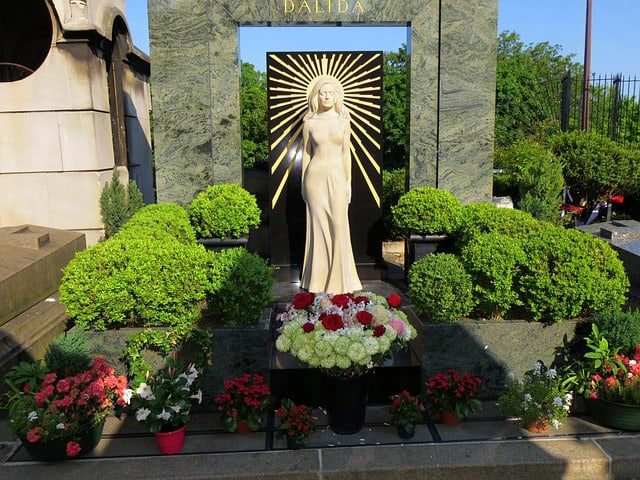
Here’s a quick list of famous graves to look out for:
- Edgar Degas – celebrated French Impressionist painter
- François Truffaut – renowned film director and leader of the French New Wave
- Alexandre Dumas (son) – playwright and author of The Lady of the Camellias
- Dalida – international pop icon and beloved French-Egyptian singer
- La Goulue (Louise Weber) – Moulin Rouge dancer credited with creating the can-can
- Marie-Antoine Carême – pioneering chef and father of haute cuisine
- Hector Berlioz – influential 19th-century composer
- Émile Zola – famed novelist, originally buried here before being moved to the Panthéon
These personalities contribute to the cemetery’s artistic atmosphere and make it a compelling destination for those interested in French literature, music, and film.
Final Thoughts: Why You Should Visit Montmartre Cemetery
Who would have guessed that a cemetery could be so full of life—through art, history, and nature? The Montmartre Cemetery is more than just a burial ground; it’s a cultural landmark, a peaceful green space, and a window into Paris’s storied past.
No matter your interest, Montmartre Cemetery offers a unique experience that blends art, history, and tranquility in one unforgettable Parisian setting.
If you’re heading to Montmartre, be sure to set aside a few hours to discover this incredible area. You can explore it on your own or join our Free Montmartre Walking Tour, which takes you from the iconic Moulin Rouge to the stunning Sacré-Cœur.



